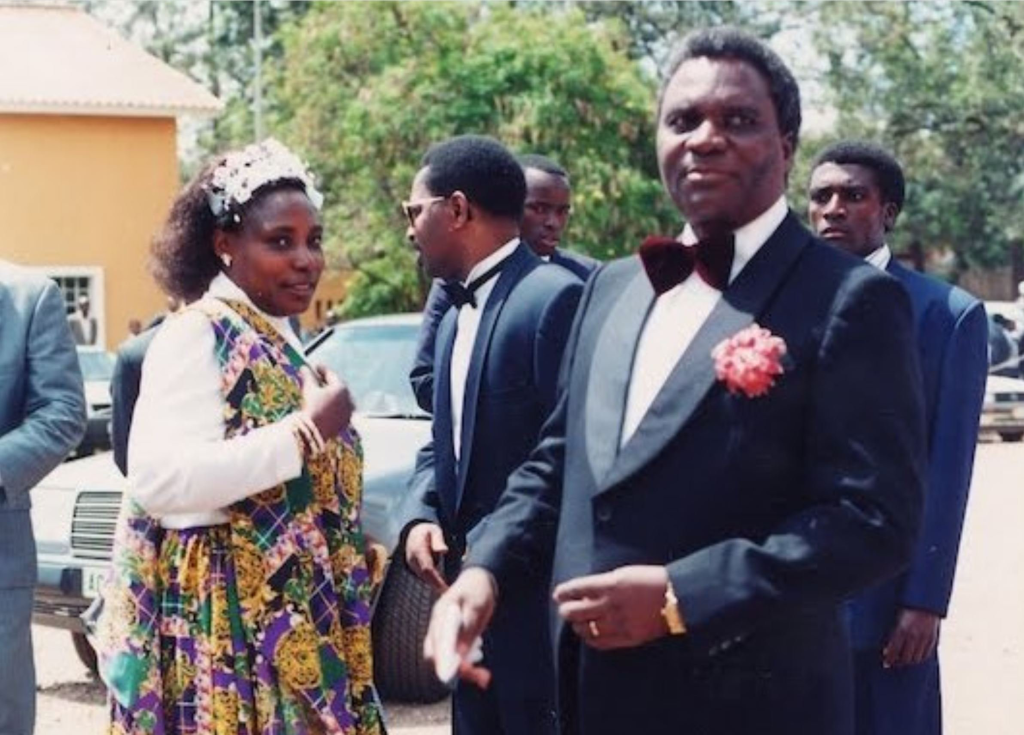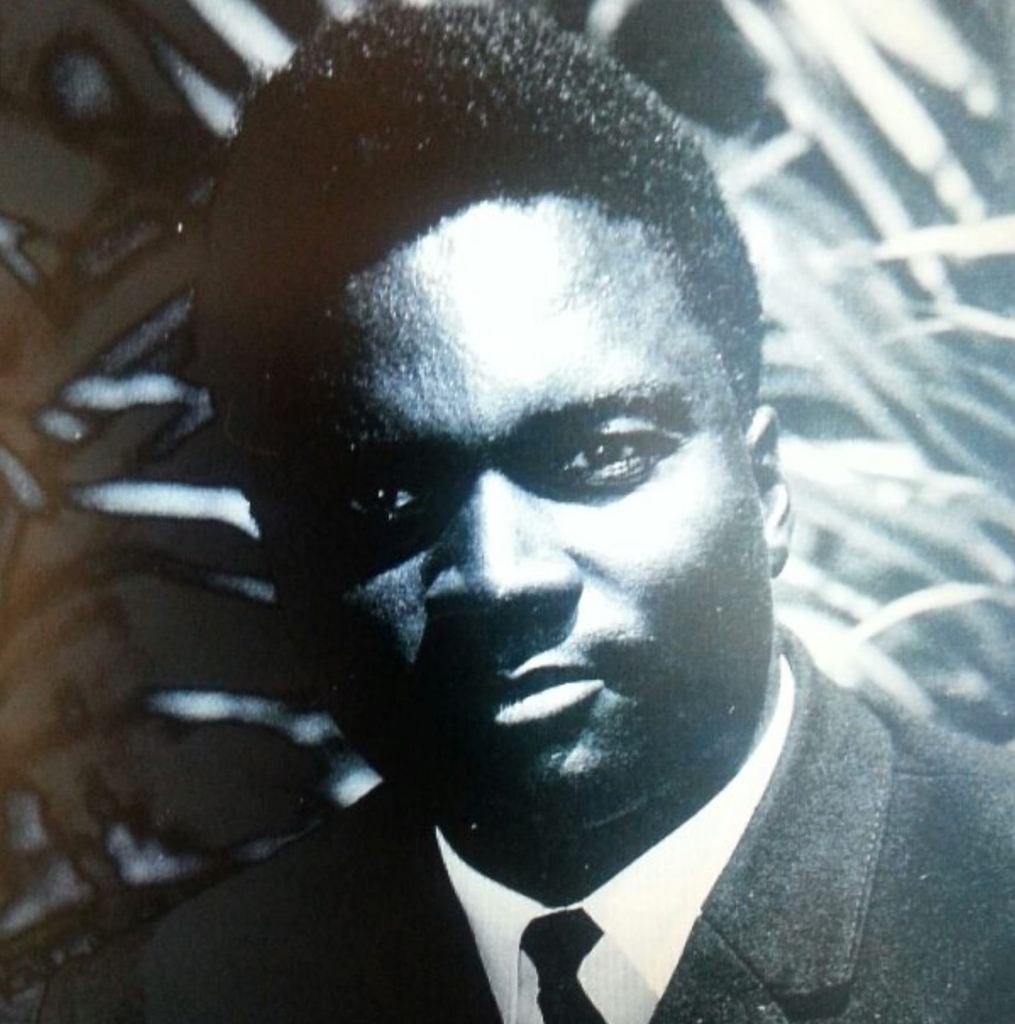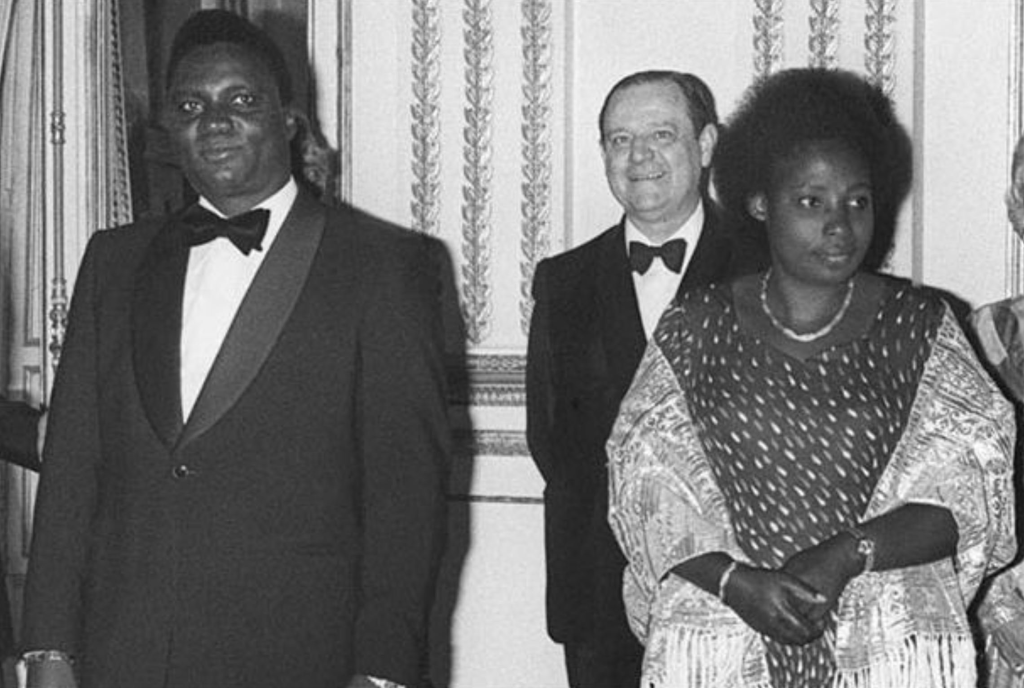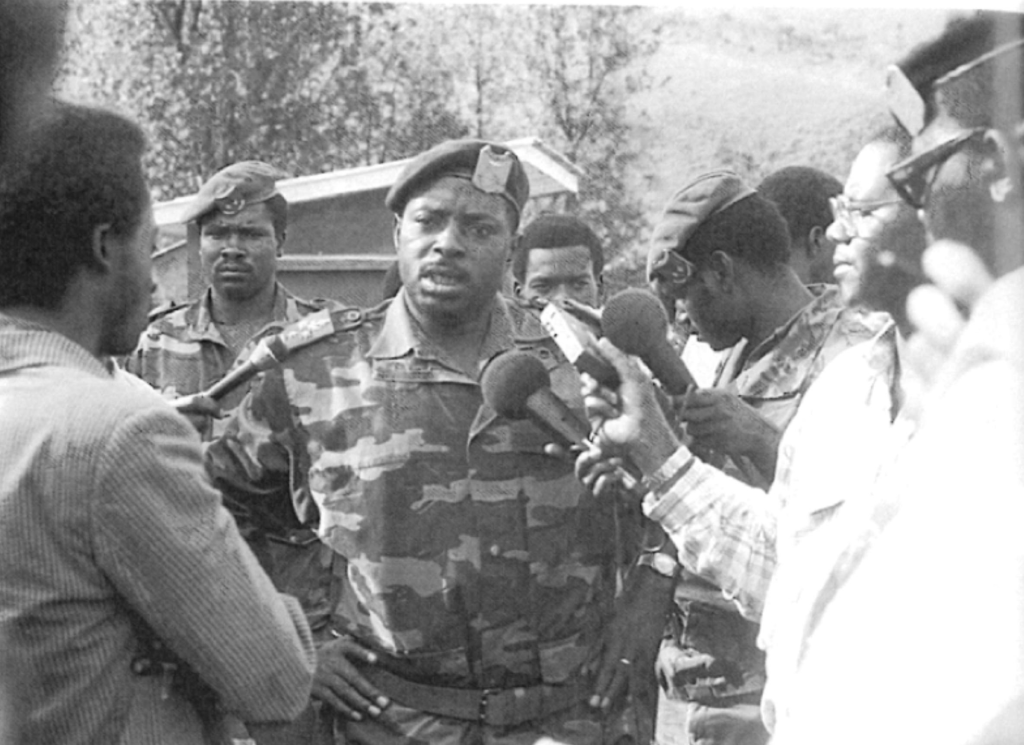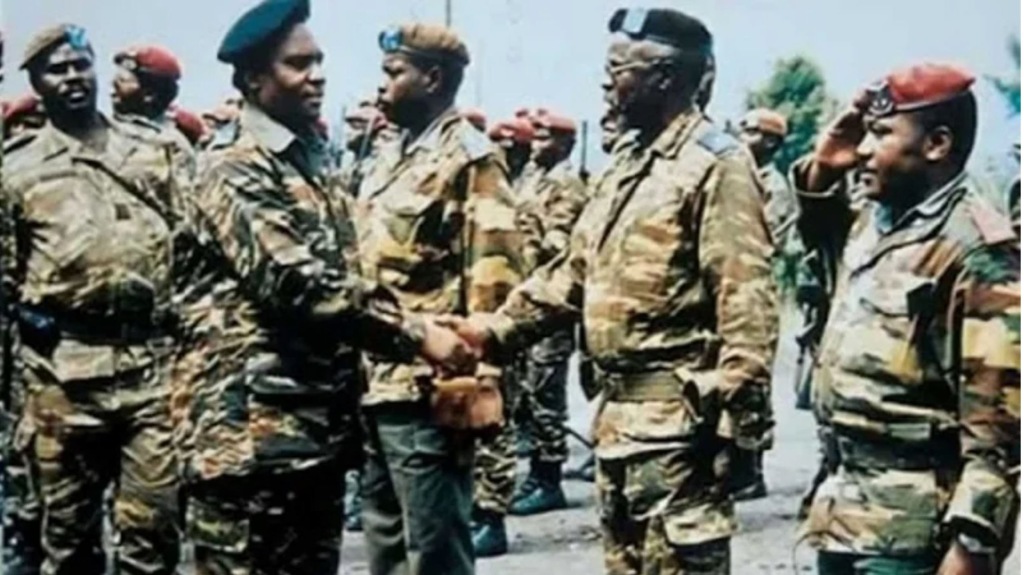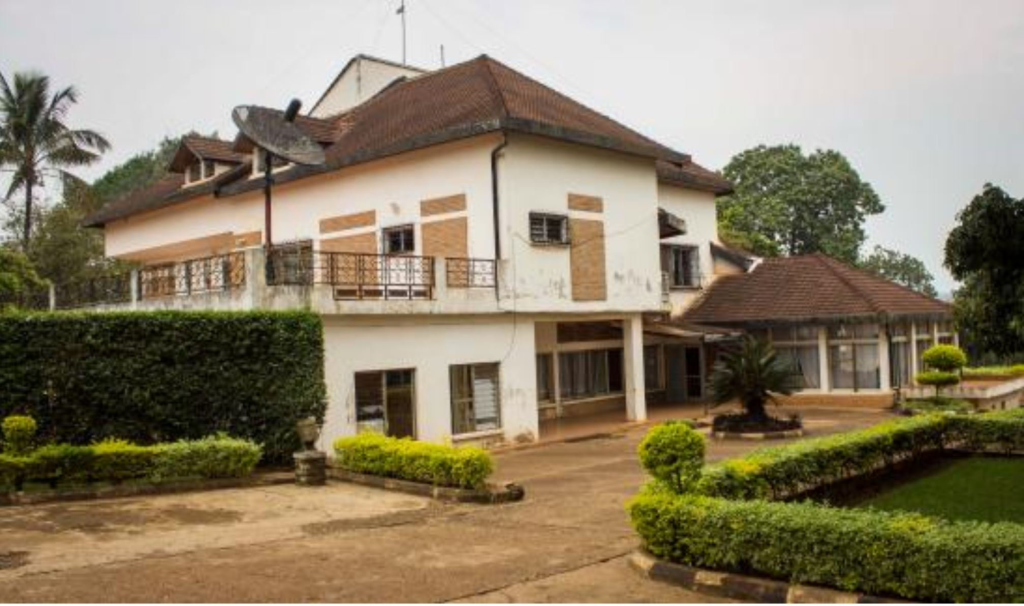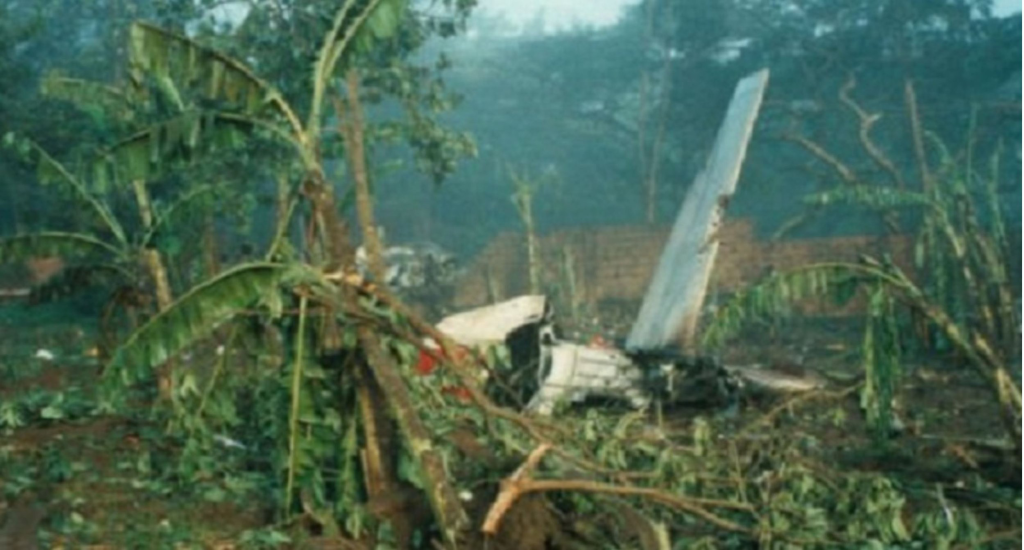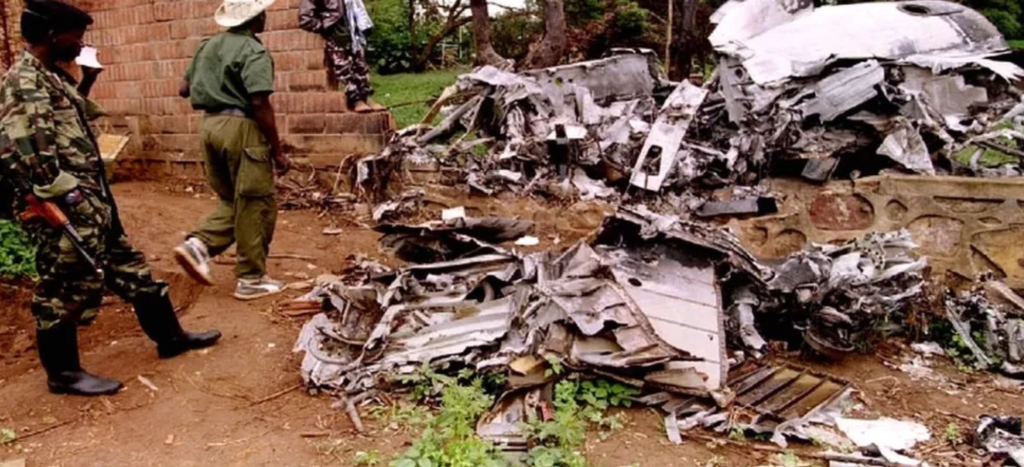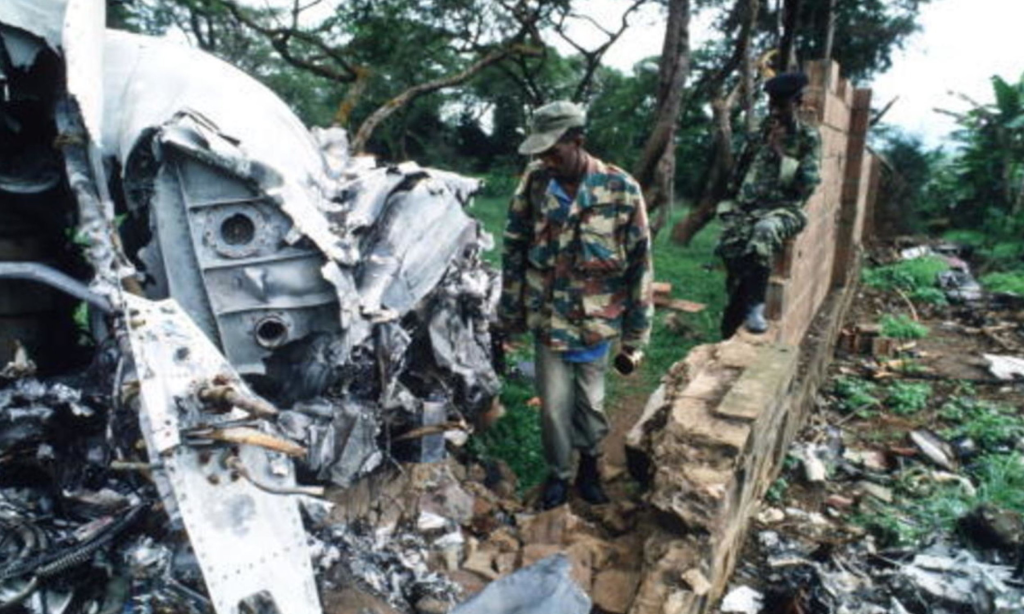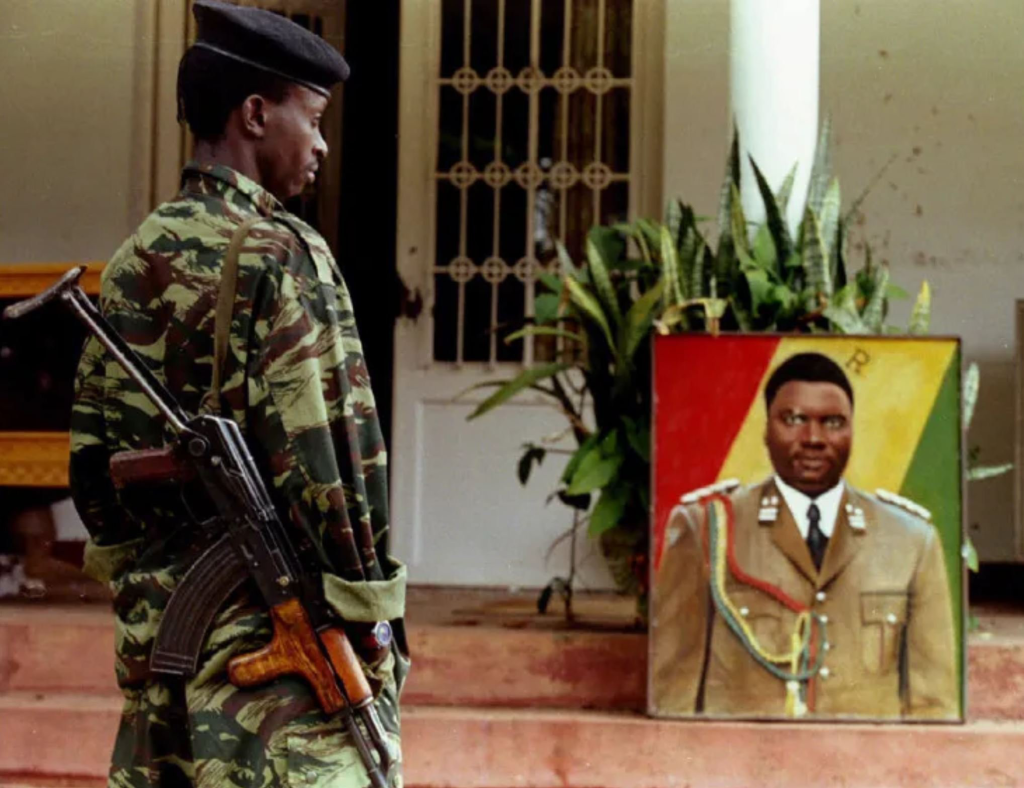The tragic incident claimed the lives of all 12 people on board, including both Rwandan President Juvénal Habyarimana and Burundian President Cyprien Ntaryamira, both of Hutu ethnicity. This assassination proved to be the catalyst that set in motion the harrowing Rwandan genocide. Amidst the expanse of his residence now lies the poignant remnants of Juvénal Habyarimana’s Falcon 50, serving as a solemn testament to the cataclysmic events that unfolded. It was on the ominous date of April 6, 1994, as the plane carrying Habyarimana and Ntaryamira descended near Kigali, that it tragically fell victim to a devastating missile strike. The Falcon, ensnared in this heart-wrenching twist of fate, careened into the tranquil gardens of President Habyarimana’s residence, leaving behind a haunting echo of the calamity that had transpired. The death of Habyarimana and the descent of his plane into the very courtyard, nestled amidst the banana plantation, seemed to fulfill the prophesies of Magayanes, foretold nearly two decades prior to his untimely demise.

Dr. William A. Twayigize
- Home
- About Us
- Testimonies
- The Long Walk
- My Homeland
- A Day With My Father
- The Village Traditional Healer
- A Murder On Boxing Day
- My Last Football Match
- Our Prophets And Patriarchs
- The Assassination of the Presidents
- The RPF Massacres of Hutus in Zaire/DRC
- The Fall of Mobutu
- The Hutu Refugees Massacres in Picture
- A Hellish Journey to Rwanda
- Killed From The Altar
- The Origin of Hatred
- Arriving In Kenya
- A Scarred Past
- Coming to America
- Arriving in America
- Ministries
- Contact Us
